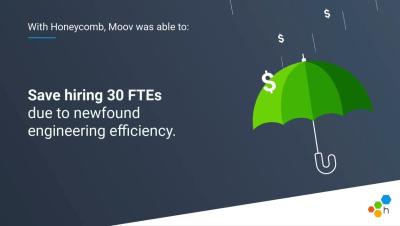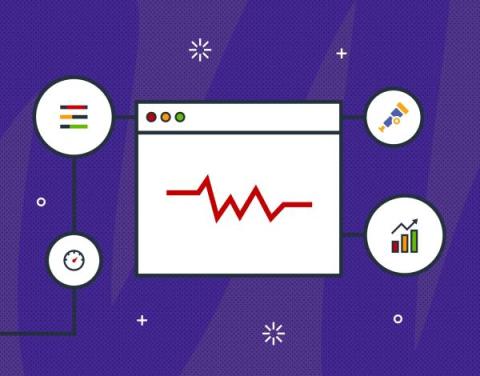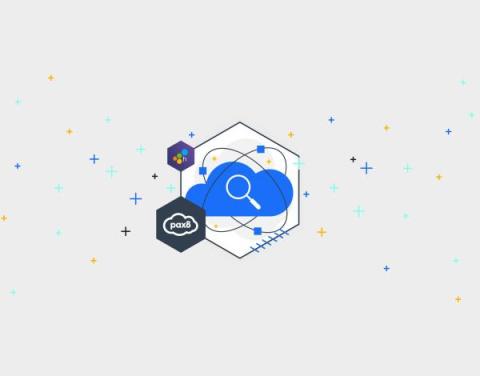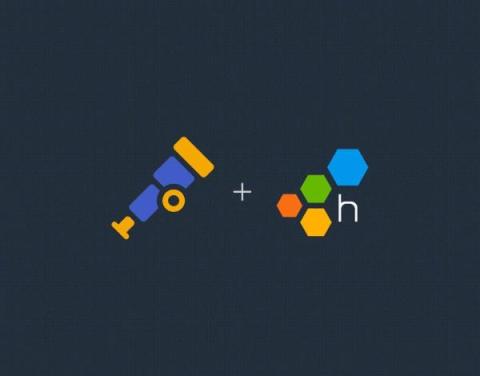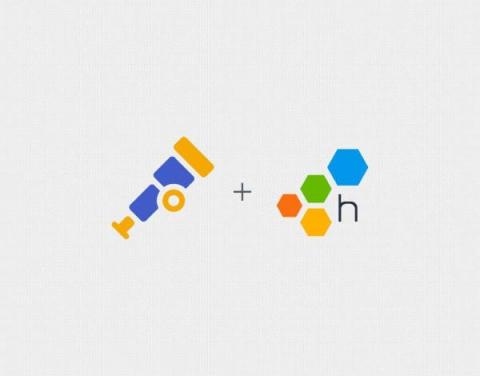Rocking the Logs: Fender's Journey to Modern Observability
Fender faced challenges with log analysis, finding it slow and complex to navigate, leading to inefficient troubleshooting and a need for a more user-friendly and modern observability solution. Synonymous with all things rock n’ roll, Fender is the world’s leading guitar manufacturer. To enhance the customer experience, Fender launched their digital apps in 2016 (Fender Tune and Fender Tone) and 2017 (Fender Play) to empower customers in starting and advancing their guitar playing skills.




